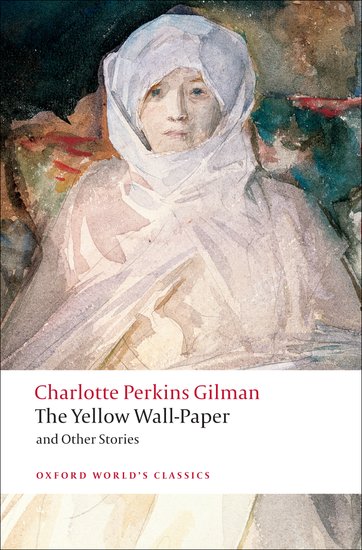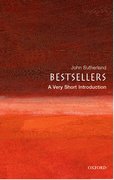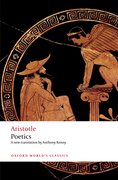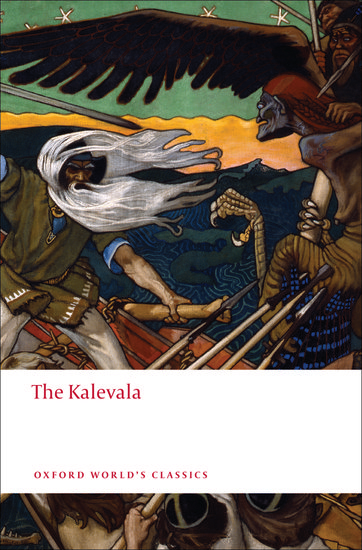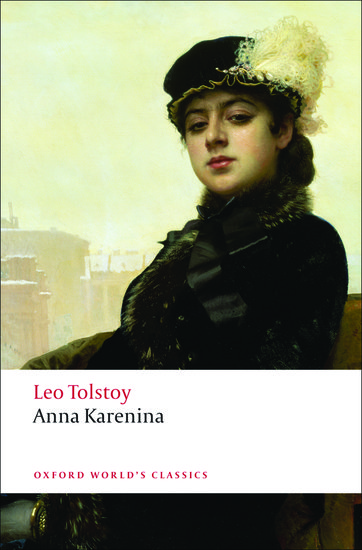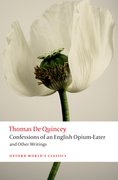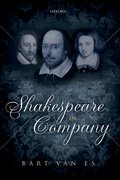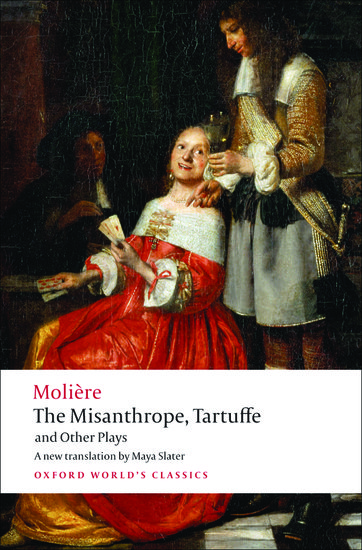Beware the Ides of March!
By Greg Woolf
Romans measured time in months but not in weeks. The Ides simply meant the middle day of a month and it functioned simply as a temporal navigation aid — one that looks clumsy to us. So one might make an appointment for two days before the Ides or for three days after the Kalends (the first day of the month) and so on.




